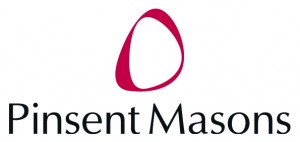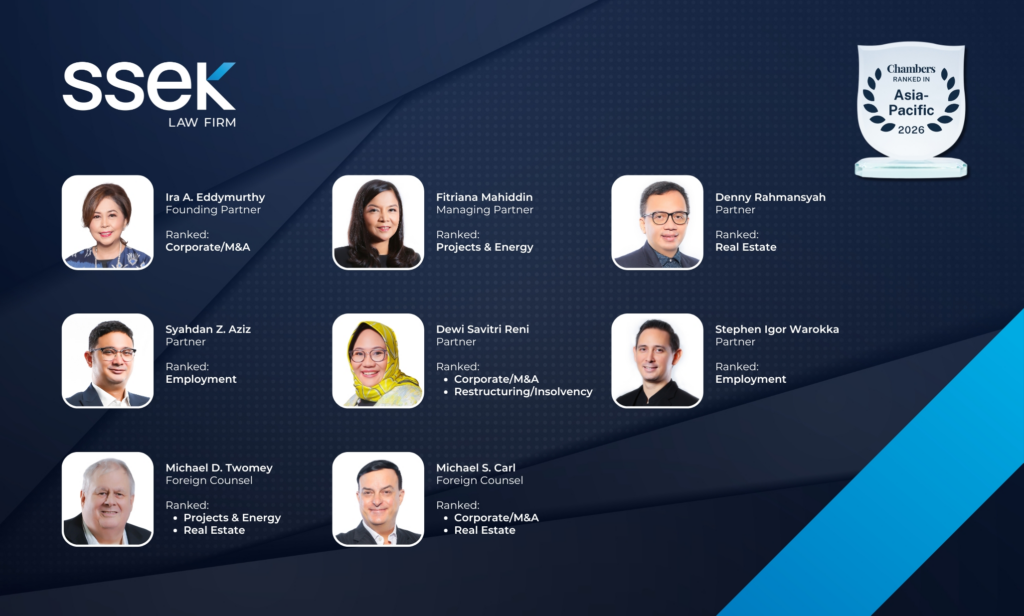19 April, 2017
Japan plans to attempt to extract methane gas from methane hydrate deposits offshore from its central coast, with a view to commercial production between 2023 and 2027, energy analyst Platts has reported.
The test will be the second such test for Japan, which managed to extract gas from the deposits in 2013, Platts said, citing a statement from Japan's Ministry of Economy, Trade and Industry (METI).
A drilling ship is in place at the Daini-Atsumi Knoll in Nankai trough, 80 kilometres south of the Atsumi peninsula in Aichi prefecture and will start finishing two production wells already drilled at the site, Yuki Sadamitsu, director of the oil and gas division at METI's Agency for Natural Resources and Energy said, according to Platts.
The wells will be drilled a further 50-60 metres to reach methane hydrate layers about 300 metres below the seabed at a water depth of around 1,000 metres. The drilling ship will start extracting gas using a decreased pressure system for a flare test in late April or early May, Platts said.
There are many obstacles to be solved before commercial production will be possible, Sadamitsu said, and the Japanese government has budgeted around 20 billion yen (£146 million) for the experiments.
The production tests will continue for three to four weeks, he said.
The first production test in 2013 ended after six days due to sand entering the production well, but produced 120,000 cubic metres of gas in that time, Platts said.
Stabilising output and lowering production costs could be "major hurdles" to commercialising the gas production from methane hydrate, Sadamitsu said. Commercial production is unlikely to be viable unless Japan can produce for five or eight years without stopping output, he said, according to Platts.
Singapore-based oil and gas expert Steve Potter of Pinsent Masons said: "Japan is very much at the forefront of what could be a new important source for global gas production. Significant technical challenges clearly still need to be addressed, particularly to ensure that commercial production can take place safely, economically and with minimal impact on the deep seabed environment."
"As these challenges are overcome, we can also expect United Nations Convention on the Law of the Sea member states will encourage the International Seabed Authority (ISA) to put in place regulations governing the exploration and exploitation of methane hydrates in the deep seabed beyond national jurisdictions, similar to the current regulations in place for polymetallic nodules, sulphides and ferromanganese crusts under the ISA's mining code," he said.
Ashley Wright, also an oil and gas specialist with Pinsent Masons in Singapore, said: "As Japan is a major importer of liquefied natural gas (LNG), LNG projects globally that rely on Japanese offtakers will be watching developments closely and with some apprehension – if production of methane hydrate does become commercially viable in the next 10 years, Japan will clearly look to prioritise the development of its own methane hydrate resources over the import of LNG from foreign projects."
For further information, please contact:
Ian Laing, Partner, Pinsent Masons
ian.laing@pinsentmasons.com

.jpg)




